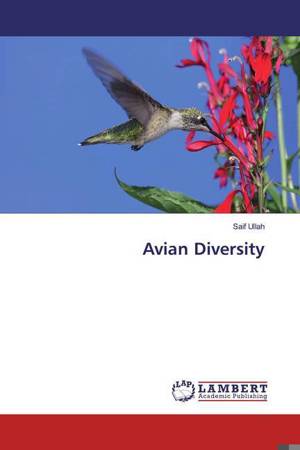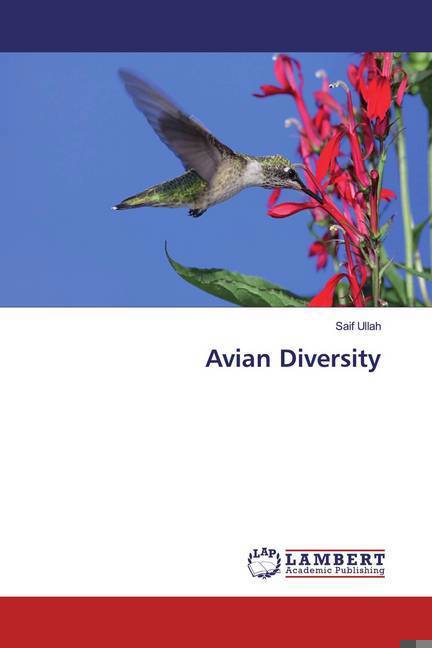
- Afhalen na 1 uur in een winkel met voorraad
- Gratis thuislevering in België vanaf € 30
- Ruim aanbod met 7 miljoen producten
- Afhalen na 1 uur in een winkel met voorraad
- Gratis thuislevering in België vanaf € 30
- Ruim aanbod met 7 miljoen producten
Zoeken
Omschrijving
Survey of avian fauna of Bara Gali Summer Campus, University of Peshawar situated in District Hazara was conducted from April to October, 2013. A total of 21 species belonging to 5 orders and 15 families were recorded. Out of these 6 were resident, 12 were summer visitor and 3 were rare. Order Passeriformes was represented by 16 species which are Certhia himalayana, Megalaima virens, Phylloscopus trochiloides, Garrulax lineatus, Passer rutilans, Corvus macrorhynchos, Hypsipetes leucocephalus, Acridotheres tristis, Delichon dasypus cashmeriensis, Hirundo rustica, Muscicapa thalassina, Saxicola ferrea, Myiophoneus caeruleus, Parus melonolophus, Parus rufonuchalis, Parus monticolus, belonging to 11 families. Two species Dendrocopos himalayansis and Picus squamatus belongs to only 1 family of order Piciformes. Among rest of the three orders each is represented by only a single species; Accipitriformes by Accipiter virgatus, Coraciformes by Upupa epops while order Psittaciformes has been represented by Psittacula himalayana. The distribution and abundance varied with season and maximum number of species was found during the monsoon season when most of the birds migrate for breeding.
Specificaties
Betrokkenen
- Auteur(s):
- Uitgeverij:
Inhoud
- Aantal bladzijden:
- 88
- Taal:
- Engels
Eigenschappen
- Productcode (EAN):
- 9783659875052
- Verschijningsdatum:
- 25/01/2019
- Uitvoering:
- Paperback
- Formaat:
- Trade paperback (VS)
- Afmetingen:
- 152 mm x 229 mm
- Gewicht:
- 140 g

Alleen bij Standaard Boekhandel
+ 78 punten op je klantenkaart van Standaard Boekhandel
Beoordelingen
We publiceren alleen reviews die voldoen aan de voorwaarden voor reviews. Bekijk onze voorwaarden voor reviews.











